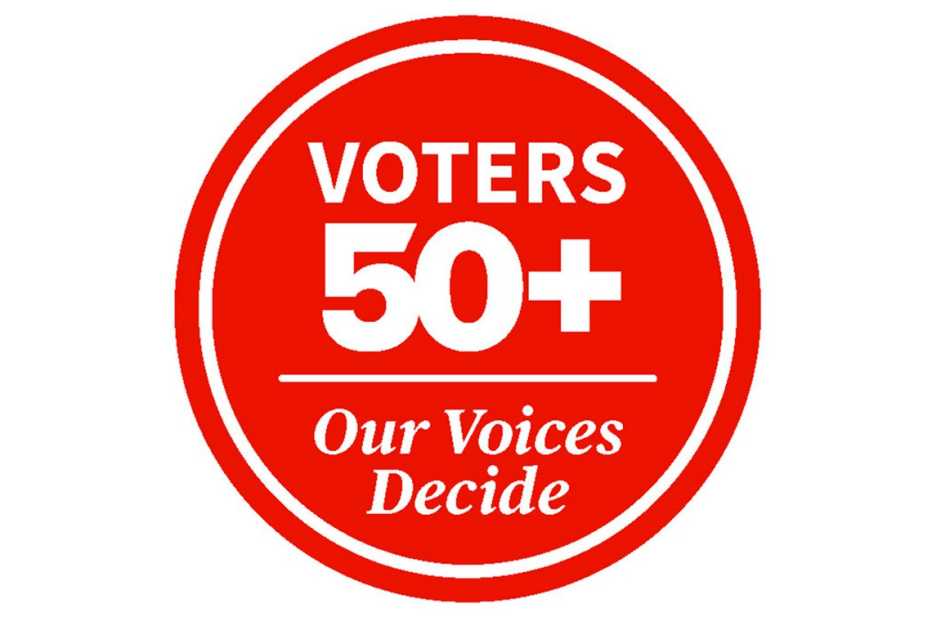Staying Fit


As candidates for office from Congress to the statehouse plot their campaign strategy for the 2022 elections, they would do well to make sure they address the concerns of women age 50 and older, based on the findings of a new AARP public opinion survey. The results show that the vast majority of these likely voters have not made up their minds who they will cast their ballot for.


AARP Membership— $12 for your first year when you sign up for Automatic Renewal
Get instant access to members-only products and hundreds of discounts, a free second membership, and a subscription to AARP the Magazine.
“We know from past elections that women 50-plus turn out in big numbers, making them a very powerful voting bloc,” says Nancy LeaMond, AARP executive vice president and chief advocacy and engagement officer. “So it’s critical for our elected leaders and candidates to understand their concerns and priorities heading into November’s election.” Turnout among older Americans has long been higher than for any other age group. In the last midterm elections, in 2018, 56 percent of voters ages 45 to 59 and 66 percent of voters age 60 and older cast ballots. That compares to a 33 percent turnout among those ages 18 to 29.


“I think the findings say that the votes of women are weighing their decisions carefully and haven’t made up their minds,” says Republican pollster Kristen Soltis Anderson, one of four who produced the survey for AARP. The team also included GOP pollster Chris Matthews and Democratic pollsters Celinda Lake and Margie Omero. “It’s all about the rising cost of living,” Lake says of the main issue women (46 percent) reported being worried about. “And that’s particularly salient for these older women, who are concerned about keeping up with the basics and making ends meet.”
The other top issues women voters expressed concern about were the lack of unity and the political divisions in the country (35 percent), government spending (20 percent) and COVID-19 (20 percent).
This survey is the first in AARP’s “She’s the Difference” voter research project, which will continue through the 2022 election season. The online and telephone poll was conducted from Feb. 18 to March 3 among 1,836 likely voters. It has a margin of error of plus or minus 3.3 percent. Here’s a look at some key findings of the survey.
Dena Bunis covers Medicare, health care, health policy and Congress. She also writes the “Medicare Made Easy” column for the AARP Bulletin. An award-winning journalist, Bunis spent decades working for metropolitan daily newspapers, including as Washington bureau chief for the Orange County Register and as a health policy and workplace writer for Newsday.

































































More on politics-society
Older Americans Are a Force in 2022 Midterm Elections
Key races and the fate of Congress are at stake in Tuesday’s contests across the country
AARP Voter Engagement Campaign Underway
Aim is to give 50-plus voters the latest information on how and where to cast their ballots
How to Register and Vote in the 2022 Midterm Elections in Your State
Get the latest information on how and where to cast your ballot